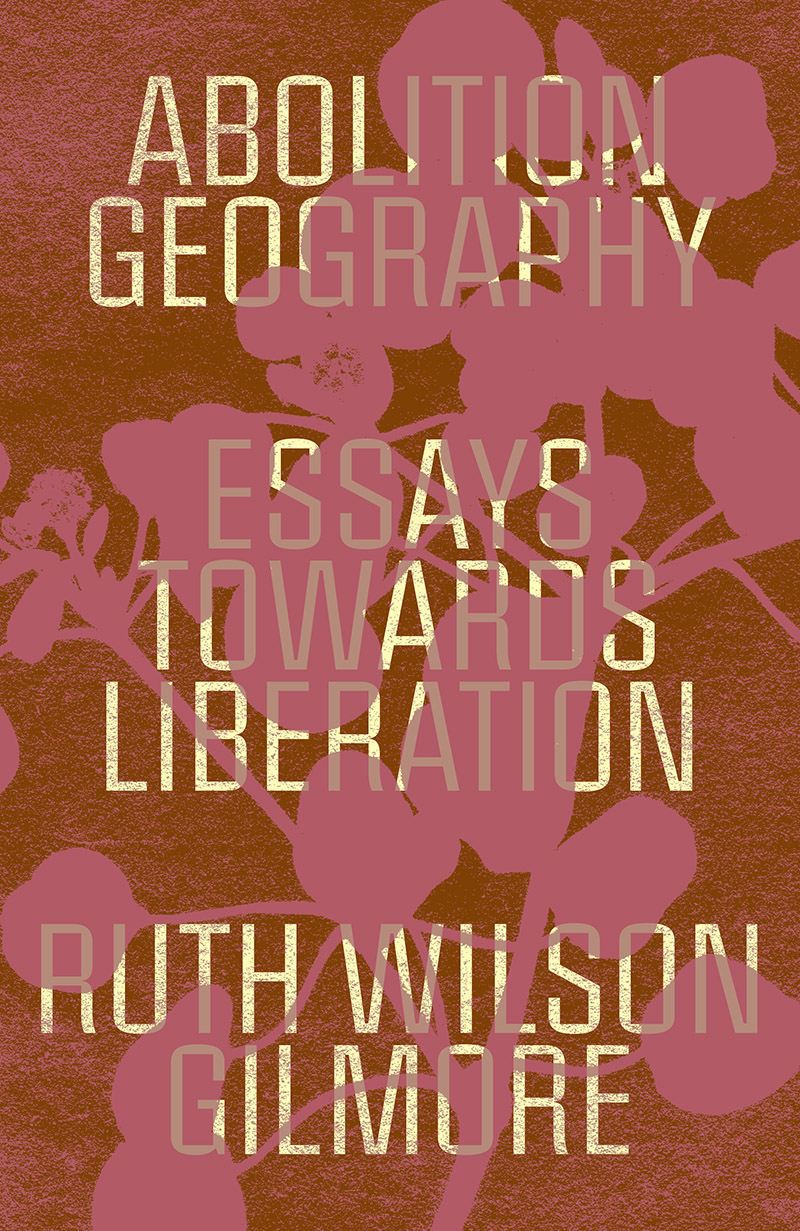Many advocates for people in prison and the communities they come from have taken a perilous route by arguing why certain kinds of people or places suffer in special ways when it comes to criminalization or the cage. Thus, the argument goes, prisons are designed for men and are therefore bad for women. Prisons are designed for healthy young men and are therefore bad for the aged and the infirm. Prisons are designed for adults and are therefore bad for youth. Prisons separate people from their families and are therefore bad for mothers who have frontline responsibility for family cohesion and reproductive labor. Prisons are based on a rigid two-gender system and are therefore bad for people who are transgender and gender-nonconforming. Prisons are cages and people who didn’t hurt anybody should not be in cages.
Now this does not exhaust the litany of who shouldn’t be in prison, but what it does do is two things. First, it establishes as a hard fact that some people should be in cages, and only against this desirability or inevitability might some change occur. And it does so by distinguishing degrees of innocence such that there are people, inevitably, who will become permanently not innocent, no matter what they do or say. The structure of feeling that shapes the innocence defense narrative is not hard to understand: After all, if criminalization is all about identifying the guilty, within its prevailing logic it’s reasonable to imagine the path to undoing it must be to discover the wrongly condemned.
The insistence on finding innocents among the convicted or killed both projects and derives energy from all the various “should not be in cages” categories such as those I listed above. But it also invokes, with stupefying historical imprecision, a cavalcade of other innocents to emphasize the wrongness of some aspect of mass incarceration. In particular, as if mass incarceration were the means through which we are presumed to have inherited duty for some set of the uncompensated tasks because of what our ancestors were violently compelled to do. It’s a reasonable extension given the historical facts of convict leasing and chain gangs that once upon a time were widespread. However, since half of the people locked up are not, or not obviously, descendants of racial chattel slavery, the problem demands a different explanation and therefore different politics. This does not mean that the lineage of abolition extending through chattel slavery is not robust enough to form at least part of the platform for ending mass incarceration in general. However, as it stands, to achieve significance, the uncritical extension of a partial past to explain a different present demands a sentimental political assertion that depends on the figure of a laboring victim whose narrative arc — whose structure of feeling — is fixed, and therefore susceptible to rehabilitation — or expungement — into relative innocence.
The turn to innocence frightens in its desperate effort to replenish the void left by various assaults, calculated and cynical, on universalism on the one hand and rights on the other. If there are no universal rights, then what differentiated category might provide some canopy for the vulnerable? In my view, the proponents of innocence are trying to make such a shelter, but its shadow line or curtilage — like that “legally” demarcating people drone-murdered or renditioned by the United States abroad — can and does move, expunging the very innocence, earlier achieved through expungement. In other words, dialectics requires us to recognize that the negation of the negation is always abundantly possible and hasn’t a fixed direction or secure end. It can change direction, and thereby not revive old history but calibrate power differentials anew.
Consider this: A contemporary development in the relative innocence patrol, highlighted by the Supreme Court decision but not born of it, is toward the phenomenal spread of both saturation policing (stop and frisk; broken windows; and various types of so-called “community policing”) and its new formation (which echoes some Second Klan practices): carceral or police humanitarianism. One of the results of contemporary racial capitalism’s relentlessly restructured state-institutional capacities, and the discourses and practices that combine to enliven them, is “the anti-state state” — governmental capacity dominated by mainstream parties and policies that achieve power on the platform that states are bad and should shrink.
Mass incarceration might seem inconsistent with something named the anti-state state. I think, to the contrary, mass incarceration is its bedrock. In other words, the dominant trend that goes hand-in-hand with mass incarceration is devolution — the off-loading to increasingly local state and non-state institutions responsibility for thinning social welfare provision. At the same time, increased centralization (the strong executive) belies one of democracy’s contemporary delusions — the notion that more local is somehow more participatory.
Carceral/police humanitarianism is a domestic counterinsurgency program spreading rapidly throughout the United States and abroad. Like mass incarceration, this humanitarianism is a feature of what I’ve long called the anti-state state: a dynamic pattern among the patterns shifting and reconsolidating the anti-state state form, dispensing (to riff on Du Bois) the wages of relative innocence to achieve a new round of anti-state state building. It’s not new, but now altogether notable in the general landscape of exclude and define, capture and reward. This too is part of devolution, and more aggrandizing of police organizations coupled with not-for-profit and peristatal partners to identify and attend to the (relatively) innocent victims of too much policing and prison — sometimes formerly incarcerated people, sometimes their families, sometimes their neighborhoods. Police humanitarianism targets vulnerable people with goods and services that in fact everybody needs — especially everybody who is poor. But the door opens only by way of collaboration with the very practices that sustain carceral geographies, thereby undermining and destroying so many lives across generations in the first place.
Police humanitarianism targets vulnerable people with goods and services that in fact everybody needs — especially everybody who is poor. But the door opens only by way of collaboration with the very practices that sustain carceral geographies, thereby undermining and destroying so many lives across generations in the first place.
We have already seen that innocence is not secure, and it’s a mystery why it ever seemed reliable. And while nothing in this life is secure, sitting down to make common cause with the intellectual authors and social agents who unleashed and manage the scourge of organized abandonment — highlighting for the present discussion the organized violence on which it depends — puts into starkest terms the peril of the innocence defense.
Let’s think about this problem in another way: While all those who benefitted from chattel slavery on both sides of the Atlantic, and from all the forms of slavery that preceded and intersected with and since have followed it, are responsible for vicious injustices against individuals and humanity, to prove the innocence of those who have been or are enslaved for any purpose ought to play no role in the redress of slavery. In his controversial but indispensable Slavery and Social Death, Orlando Patterson notes that the power to kill is a precondition for the power of “violent domination, natal alienation, and general dishonor.” The power to put humans in cages also derives from the power to kill — not only by way of the ritualized punishment of the death penalty, but also by life sentences, as well as the ritual of serially excused police killings that transformed #BlackLivesMatter from a lament to a movement.
Patterson gives us the elegant turn of phrase that helps us, sadly, wrap our minds around the continuum of killing to keeping: “The one fell because he was the enemy, the other became the enemy because he had fallen.” Human sacrifice rather than innocence is the central problem that organizes the carceral geographies of the prison-industrial complex. Indeed, for abolition, to insist on innocence is to surrender politically because “innocence” evades a problem abolition is compelled to confront: How to diminish and remedy harm as against finding better forms of punishment. To make what I’m discussing a bit more explicit, I turn to the words of the great armed thief and spy Harriet Tubman. She told this story:
I knew of a man who was sent to the State Prison for twenty-five years. All these years he was always thinking of his home, and counting the time till he should be free. The years roll on, the time of imprisonment is over, the man is free. He leaves the prison gates, he makes his way to the old home, but his old home is not there. The house in which he had dwelt in his childhood had been torn down, and a new one had been put in its place; his family were gone, their very name was forgotten, there was no one to take him by the hand to welcome him back to life. So it was with me. I had crossed the line of which I had so long been dreaming. I was free, but there was no one to welcome me to the land of freedom, I was a stranger in a strange land, and my home after all was down in the old cabin quarter, with the old folks and my brothers and sisters. But to this solemn resolution I came; I was free, and they should be free also; I would make a home for them.
This article was excerpted from Ruth Wilson Gilmore’s Abolition Geography: Essays Toward Liberation, published by Verso Books in May 2022. Used by permission.
Image: Liz Vo/Unsplash


